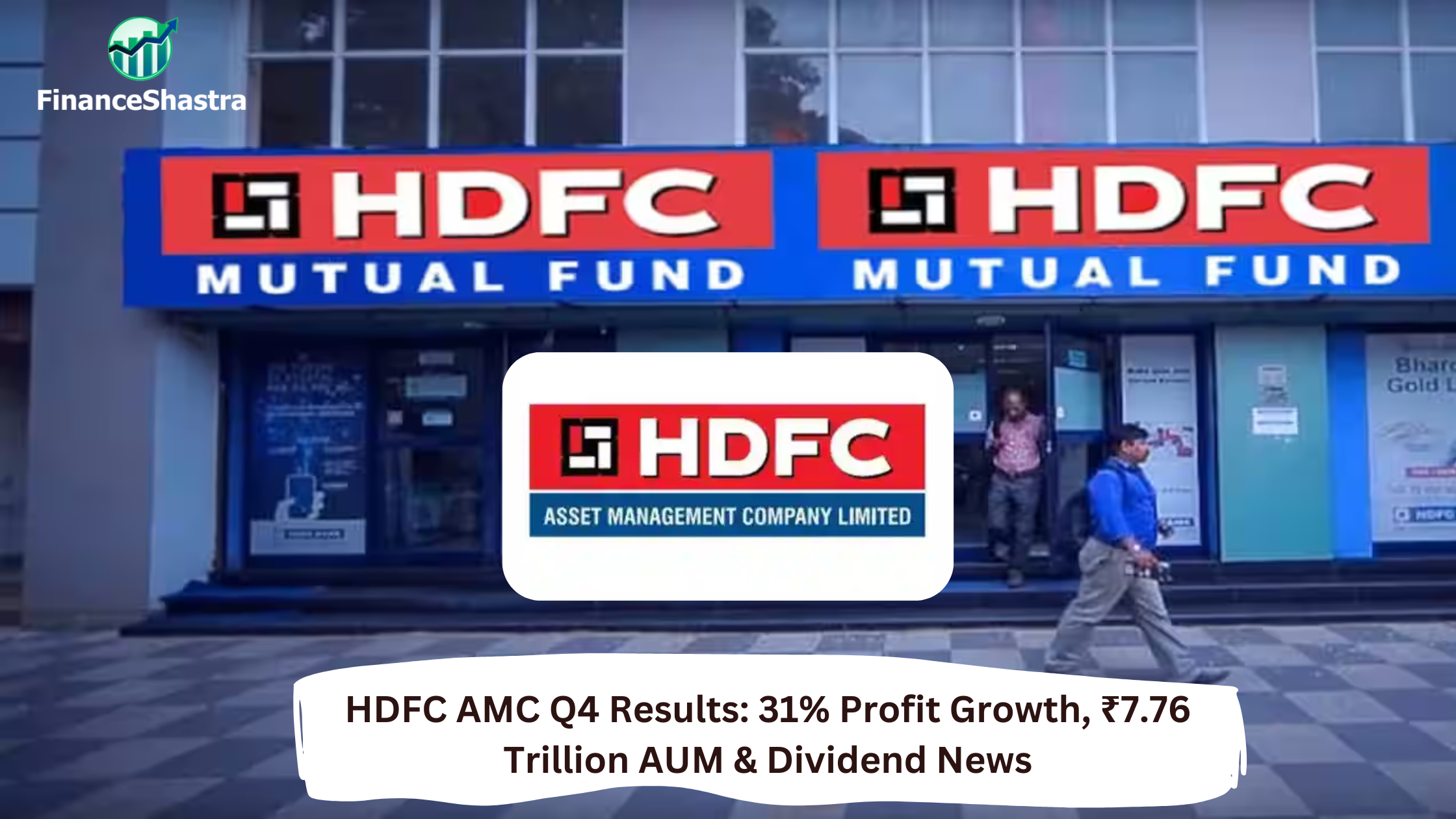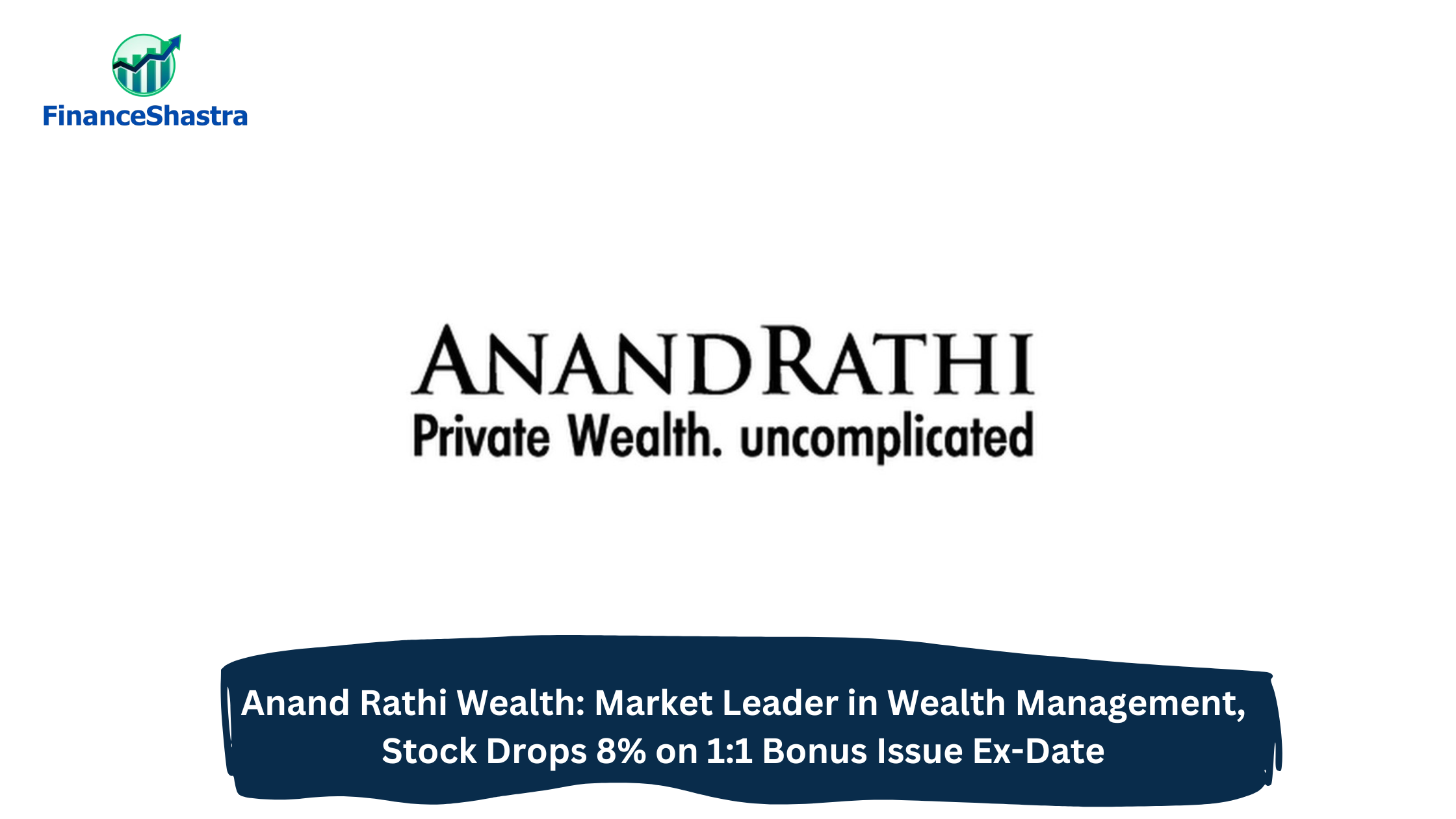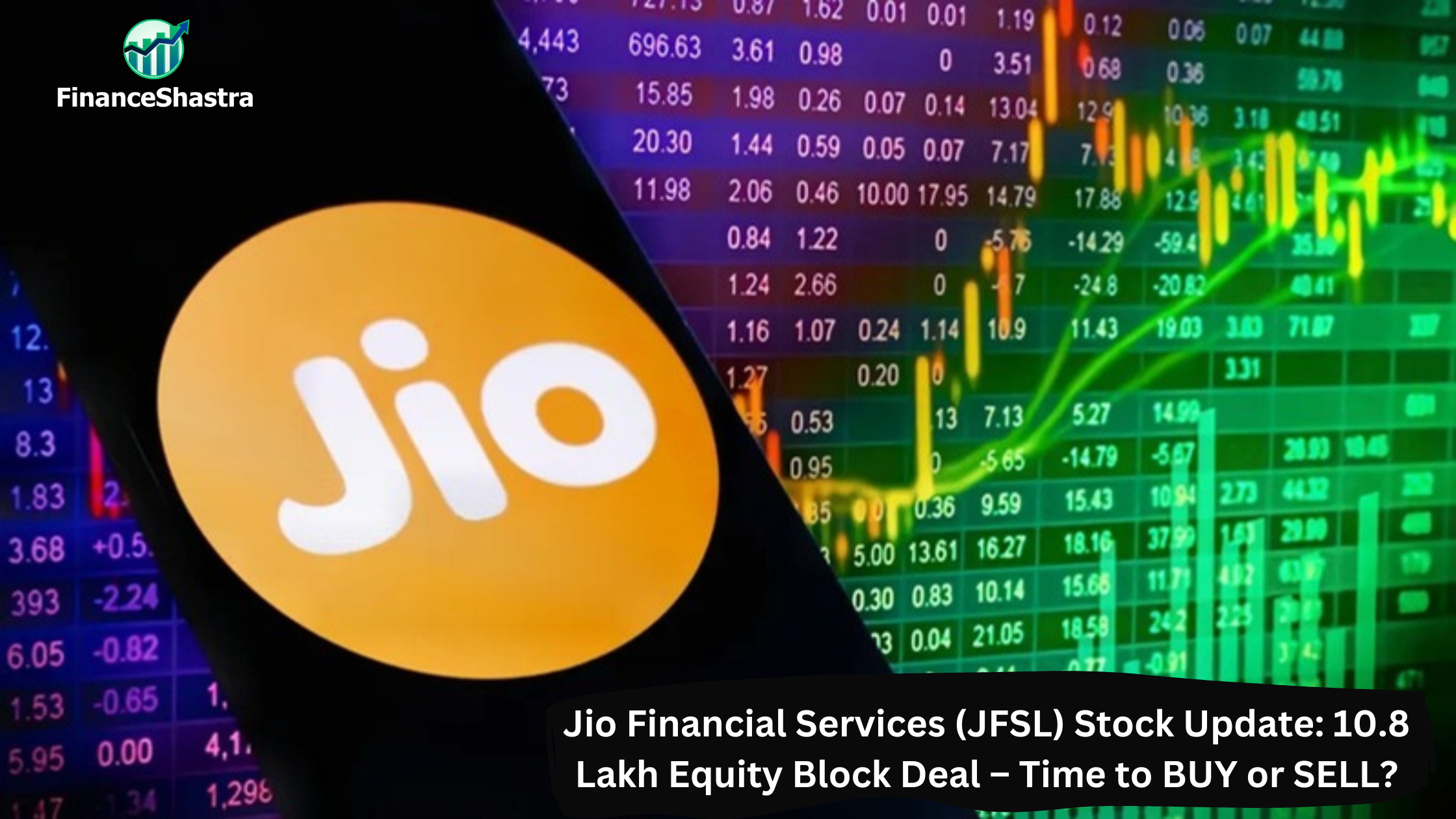HDFC AMC Q4 Results: 31% Profit Growth, ₹7.76 Trillion AUM & Dividend News
Business and Industry Overview:
HDFC Asset Management Company (HDFC AMC) is one of the biggest investment companies in India. It was started in 1999 and helps people invest in different types of mutual funds. Mutual funds allow people to put their money together to invest in things like stocks (equity), bonds (debt), and safer short-term investments (liquid funds). HDFC AMC manages a lot of money—₹7,764 billion (₹7.76 trillion) in assets as of 2025. HDFC AMC offers 98 different mutual fund schemes. These include 39 equity funds, 32 debt funds, and other types of funds. The company is the investment manager for HDFC Mutual Fund, one of the largest mutual funds in India. Besides mutual funds, HDFC AMC also offers services like portfolio management and alternative investment options to rich individuals, family offices, and organizations. HDFC Bank, India’s largest private bank, owns 52.48% of HDFC AMC. This gives the company a strong backing. HDFC Bank has many branches and ATMs across India, which help HDFC AMC reach a large number of people. HDFC AMC has seen a big increase in its customers. As of 2025, it has 12.6 million unique investors and 22.1 million active accounts.
Latest Stock News:
HDFC Asset Management Company (HDFC AMC) has been doing well in the stock market. On April 18, 2025, its stock price was ₹4,101.10, which went up by 1.34% from the previous day. The highest price of the stock in the last year was ₹4,862, and the lowest was ₹3,255. This shows the stock has moved up and down in the past year. On April 17, 2025, the company’s Board of Directors met to approve the financial results for the year ending on March 31, 2025. They also talked about giving a dividend to shareholders. This shows the company is confident about its performance and wants to share the profit with its investors. HDFC AMC’s financial performance in the third quarter of FY25 was very strong. The company’s net profit increased by 31% compared to last year, reaching ₹641 crore. This was mainly because of good performance in the stock market and continuous inflows into investment plans called Systematic Investment Plans (SIPs). The company’s revenue also grew by 39%, from ₹674 crore last year to ₹935 crore this year. Experts are positive about HDFC AMC’s stock.
Business Segments:
- Mutual Funds:
HDFC AMC manages different types of mutual funds for investors:
- Equity Funds: These invest in stocks and can give high returns ,but have more risk.
- Debt Funds: These invest in safer options like bonds and give steady returns with lower risk.
- Liquid Funds: These are short-term, low-risk investments, good for easy access to cash.
- Other Funds: These include funds for saving taxes, retirement plans, and ones that mix equity and debt.
- Alternatives:
HDFC AMC also offers special investment services:
- Portfolio Management Services (PMS): This helps rich people and big companies create custom investment plans.
- Segregated Account Services: This allows clients to have separate accounts based on their needs.
- Alternative Investment Funds (AIFs): These are investments outside of stocks and bonds, like real estate or private companies.
- Digital Services:
HDFC AMC uses technology to make investing easy:
- Chatbots and WhatsApp Support: Customers can get quick help using chatbots or WhatsApp.
- Online Transactions: Investors can manage their money and make transactions online.
- Personalized Tools: The company gives tools to help investors make custom investment plans.
- Distribution Network:
HDFC AMC has a wide network to sell its products:
- 280 Offices: The company has offices across India to serve customers.
- 95,000+ Distribution Partners: These include financial advisors who help people buy and manage investments.
Subsidiaries and Joint Ventures:
- HDFC India Small Cap Fund
- HDFC India Equity Savings Fund
- HDFC India Flexi Cap Fund
- HDFC India Balanced Advantage Fund
- HDFC India Mid-Cap Opportunities Fund
- HDFC India Nifty 50 Fund
Q4 Highlights:
- Net Profit: HDFC AMC made a profit of ₹638.46 crore, an 18% increase from last year’s ₹541 crore.
- Revenue: The company earned ₹1,025.48 crore in revenue, which is a 20.47% increase from last year.
- Profit Margin: The net profit margin was 62.26%, showing the company is making good profits.
- Dividend: HDFC AMC has proposed a dividend of ₹90 per share, subject to shareholder approval at the AGM.
- Assets Under Management (AUM): The total AUM was ₹7.76 lakh crore, up from ₹5.75 lakh crore last year.
- Market Share: The company holds 11.3% of the market share.
- Digital Transactions: 95% of all transactions were done electronically in Q3 FY25.
Financial Summary:
| Amount in ₹ Crore | Q4 FY24 | Q4 FY25 | FY23 | FY24 |
| Revenue | 695.00 | 901.00 | 3,159 | 3,498 |
| Expenses | 156.00 | 170 | 623 | 704 |
| EBITDA | 539 | 731 | 2,536.00 | 2,794.00 |
| OPM | 78% | 81% | 80% | 80% |
| Other Income | 155 | 124 | 4 | 560 |
| Net Profit | 541.00 | 639.00 | 1,946 | 2,461 |
| NPM | 77.84 | 70.92 | 61.60 | 70.35 |
| EPS | 25.35 | 29.88 | 91.15 | 115.11 |




